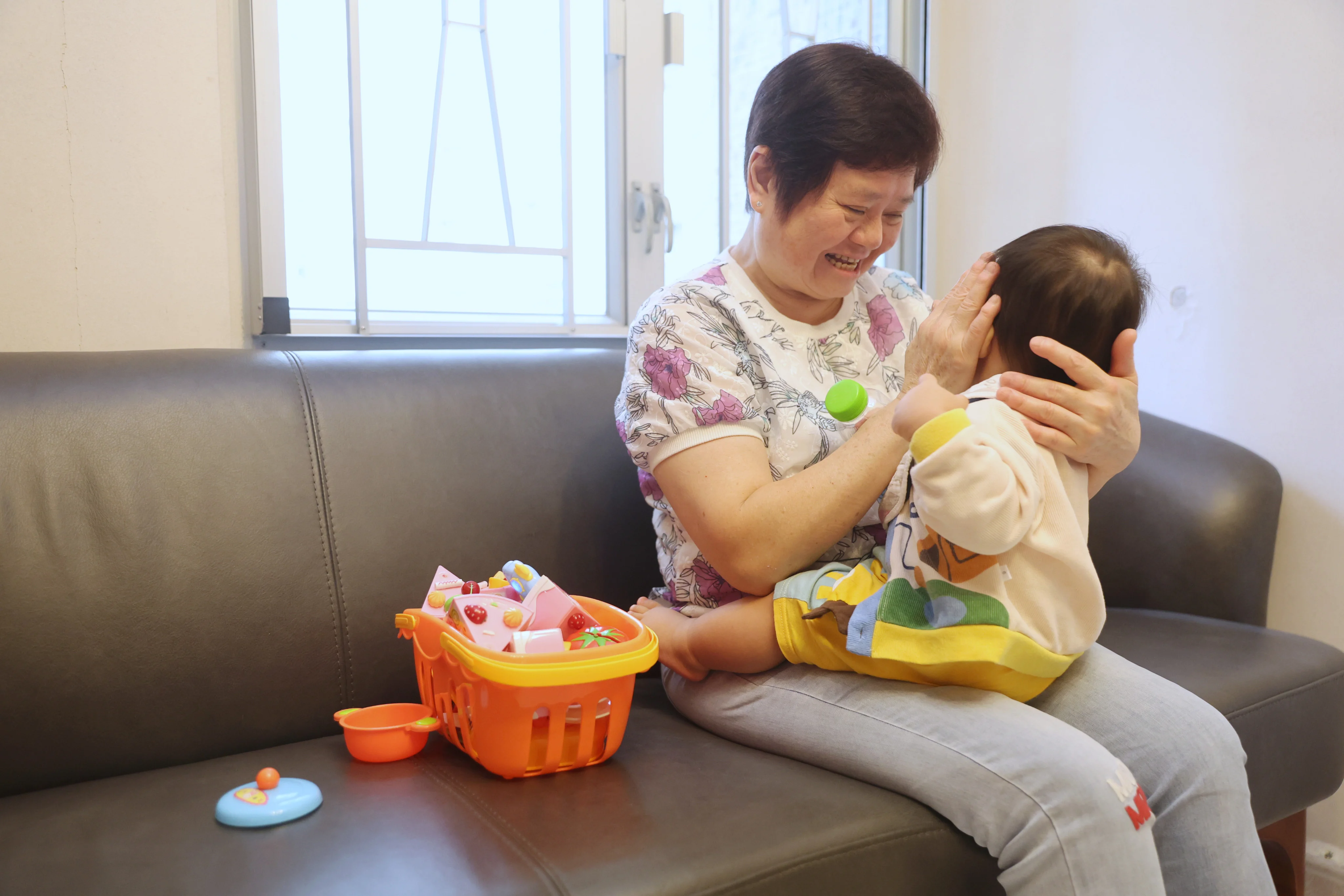By Emily Hung
Copyright scmp

Hongkonger Lin Lai, 68, is enjoying the precious company of Lok Lok*, her one-year-old foster child, this Mid-Autumn Festival, traditionally a time for family reunions.
“Lok Lok is a happy, easy-going baby who quickly weaned himself off night feeds,” said Lai, who will take the child to a family gathering on Monday to celebrate the festival.
Over the past 13 years, Lai has been an emergency foster parent for more than 20 children. Her daughters support her commitment, visiting almost weekly to share the duty of round-the-clock care.
Lai started with a simple wish to help, drawing on her deep experience raising two daughters and four grandchildren.
“As I met more of the children, I realised they truly need families like ours to step forward and offer them a nurturing, family-based environment,” Lai said.
“Many arrive as crying, insecure and nervous babies, but after spending some weeks with me, they start to smile when they hear my voice or see me – those [feelings of fulfilment] are what I gained in this journey.”
Hong Kong had 1,080 foster families caring for 954 children as of June, while others were typically in small group homes or residential childcare centres.
The Hong Kong Family Welfare Society, an NGO that connected Lai and Lok Lok, said challenges in matching children to foster parents persisted because the families’ experience and preferences did not always align with a child’s needs.
The NGO called for more families to sign up for foster care, with a surge in demand for emergency childcare placements expected after a law on the mandatory reporting of suspected child abuse takes effect next year.
The law will require 25 professions across education, welfare and medical sectors to report such cases, with offenders facing legal consequences.
Lai, as a veteran foster parent, is most confident in looking after infants, but even with decades of experience, she occasionally encounters unforeseen challenges.
She recalled the night a 50-day-old baby’s belly button had swollen up, with the child rushed to hospital. The baby was diagnosed with a hernia and developed a fever.
During the eight-day hospital admission, Lai barely left the infant’s bedside.
“I insisted on staying there because all the other children had someone by their side … if I was not there, the child would have been left out,” she said.
The child was probably too young to notice the difference, but Lai knew she did not want others to look at the child differently.
Bidding farewell to her foster children was another challenge Lai faced, leading her to prefer emergency fostering. While stays typically last six weeks, they can sometimes be extended if long-term placements are unavailable.
Lai once visited one of her former foster children and the new foster parent. When she left, the child burst into tears, having expected to be taken home.
She had wanted to visit the child again but was advised against it because the child kept searching the spot where Lai had appeared the next day.
“I decided not to disturb them. I did not want to make the child cry again,” said Lai.
Nevertheless, she has kept in contact with the new parents of children she fostered to get updates.
Recently, she received a photograph of a family drawing from a nine-year-old girl she once fostered. It was a colourful depiction of the girl’s new family unit, and Lai was proudly included.
The adoptive mother sent a heartwarming message with the artwork: “She remembers you and will remember you forever!”
Lai said that despite her age she hoped to continue fostering children for as long as her health permitted.
“It is a happy journey,” she said. “I do miss them a lot when they leave me and worry that they couldn’t adapt to the new family, but I know they are in good hands.”
Karena Leung Si-lek, a social worker with the society, said the number of registered foster families had risen a little in recent years, but not all could be matched with a child because of preferences such as age and gender.
The government increased incentive payments to foster families to between HK$11,000 and HK$13,000 last year. The rise followed a suggestion from a service review committee, which urged the authorities to prioritise foster care as a key development strategy.
It also added over 100 foster care places and provided more resources to NGOs to strengthen professional support for foster families, in addition to enhanced promotion and recruitment.
The number of registered families increased from 978 in 2023-24 to 1,050 in the following financial year, with a 72 per cent utilisation rate. Almost half of the foster children were aged below six.
However, on average 240 children were waiting for foster care each month in the last financial year, with each wait lasting about two months.
The matching process was particularly difficult for children with special educational needs (SEN), Leung noted.
“Some families were willing to care for SEN children, but it takes time to find out where they are on the spectrum and understand their unique needs,” she said.
“We will provide training for foster families … and our social workers will conduct home visits regularly and provide support where necessary.”
Leung said families could also choose long-term or emergency foster care, just like Lai, to enjoy more flexibility, though they might need to be mentally prepared for an extension of the stay.
She encouraged interested parties to make inquiries before reaching a decision.
“Foster care can provide a family-based environment that is conducive to the personal growth and development of children because their psychological needs can be adequately met, making them more confident, sociable and expressive,” Leung said.
*Not the child’s real name.